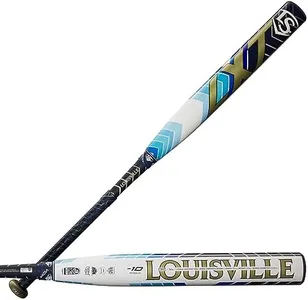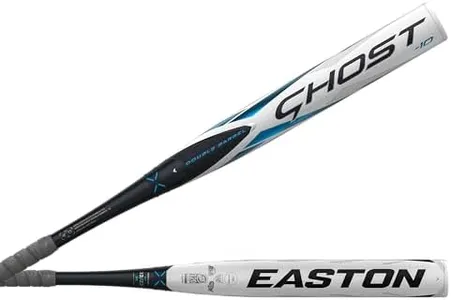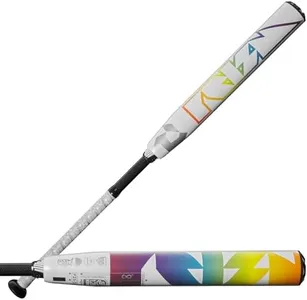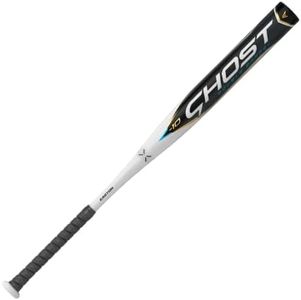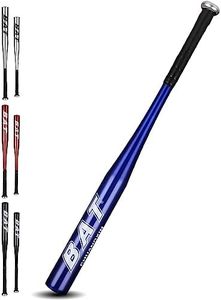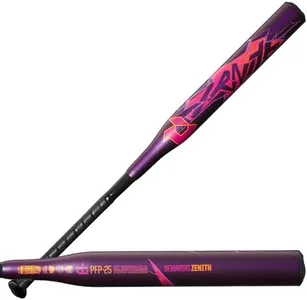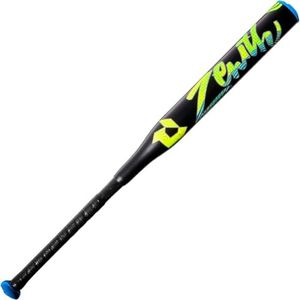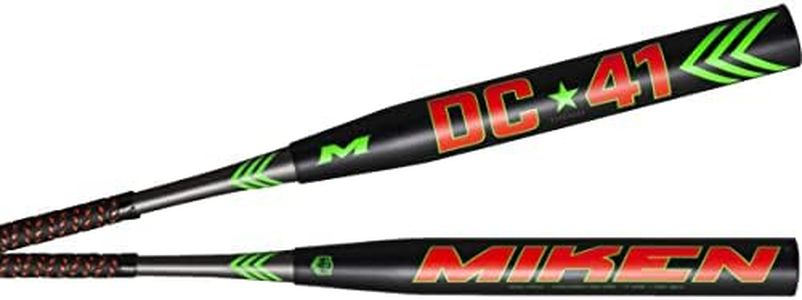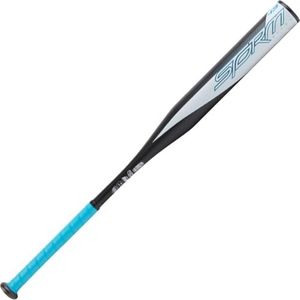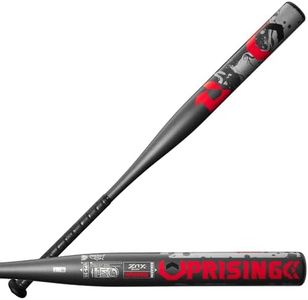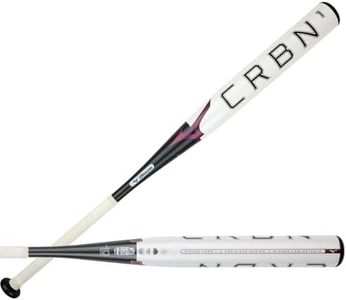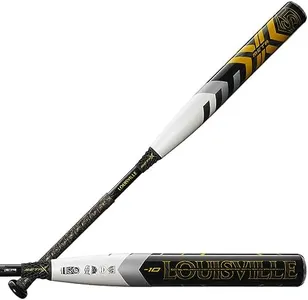We Use CookiesWe use cookies to enhance the security, performance,
functionality and for analytical and promotional activities. By continuing to browse this site you
are agreeing to our privacy policy
10 Best Softball Bats
From leading brands and best sellers available on the web.Buying Guide for the Best Softball Bats
Choosing the right softball bat can really improve your game, comfort, and confidence at the plate. To get the best fit, it’s important to pay attention to key specifications that suit your playing style, skill level, and physique. Understanding these features will help you find a bat that feels good in your hands, matches your league requirements, and helps you swing more effectively.LengthLength refers to how long the bat is from end to end. The right length helps you maintain control and generate power in your swing. Shorter bats offer better control and are easier to handle, especially for younger or smaller players. Longer bats provide more reach and can generate more power, but may be harder to swing quickly. Typically, adult bats range from 32 to 34 inches, while youth bats are shorter. To choose the right length, consider your height and arm span—standing a bat vertically at your side, the knob should reach the palm of your hand when your arm hangs down naturally.
WeightWeight determines how heavy the bat feels during the swing, usually measured in ounces. Lighter bats are easier to swing faster and offer better control, making them suitable for players who rely on speed. Heavier bats require more strength but can generate more power and hit the ball farther if you can swing them effectively. The weight that's right for you depends on your strength and swing style—test a few weights to see which one you can swing smoothly and consistently.
Drop WeightDrop weight is the difference between the bat’s length (in inches) and weight (in ounces). For example, a bat that is 32 inches long and weighs 22 ounces has a drop weight of -10. Larger negative numbers (like -12) mean a lighter bat for its length, which is good for younger or less powerful players. Smaller negative numbers (like -8) mean a heavier bat, preferred by stronger or more advanced players. Choose a drop weight that makes the bat feel comfortable to swing and easy to control.
MaterialSoftball bats are commonly made from aluminum, composite (a mix of materials), or wood. Aluminum bats are durable, lightweight, and require no break-in period, making them popular in many leagues. Composite bats are usually lighter and have a bigger 'sweet spot,' but they do need a break-in period and are sometimes prohibited in certain leagues. Wood bats are the traditional choice, offering a unique feel but can be less durable. Consider league rules and your comfort when picking the material.
Barrel DiameterBarrel diameter refers to the width of the thickest part of the bat, typically measured in inches. Bats with a larger barrel provide a bigger hitting area and more clearance for hitting the ball, but can be heavier. Standard sizes are 2 1/4 inches for most youth and adult slowpitch bats, or 2 5/8 inches for some fastpitch options. Check your league regulations, and pick a barrel size that gives you enough confidence to make good contact while not making the bat too heavy for you to handle.
CertificationCertification shows that the bat meets the rules and safety standards for your league (such as ASA, USSSA, or NSA). Each league has specific requirements for what bats are allowed for play. Always check what your league requires and look for the right certification stamp on the bat. Using a non-approved bat can disqualify your play or lead to penalties, so certification is essential.
GripGrip refers to what covers the handle and how it feels in your hands. A comfortable, non-slip grip helps you hold onto the bat firmly and reduces vibration from hitting the ball. Some grips are cushioned for shock absorption, while others are thinner for better feedback. Choose a grip that feels comfortable in your hands, doesn't slip, and doesn't cause blisters during practice or games.
